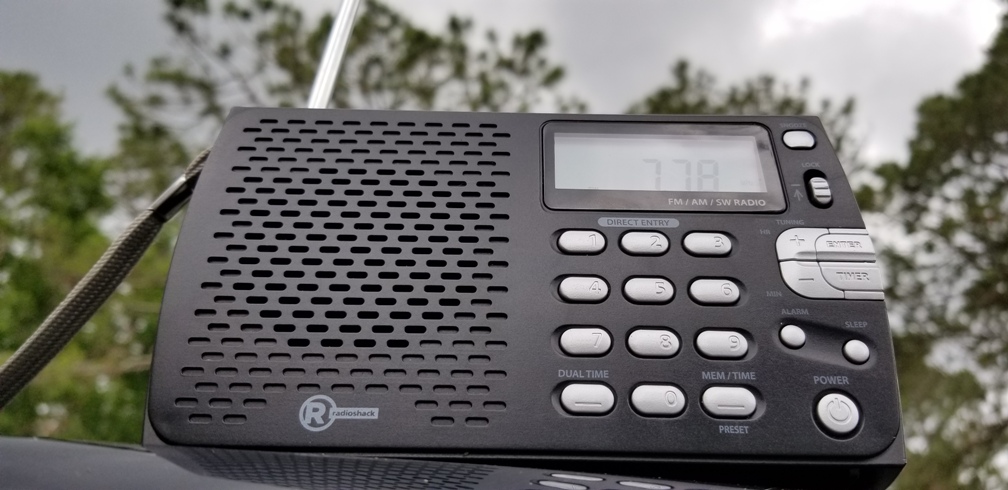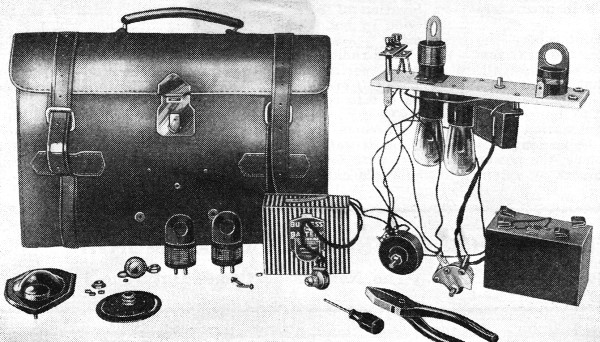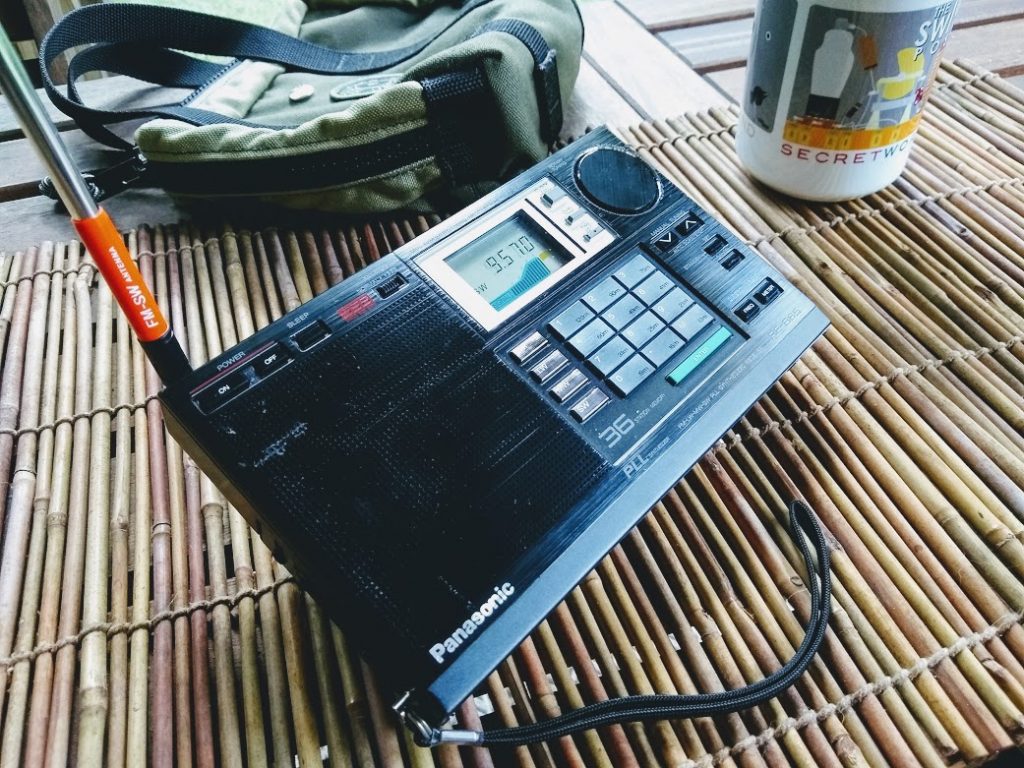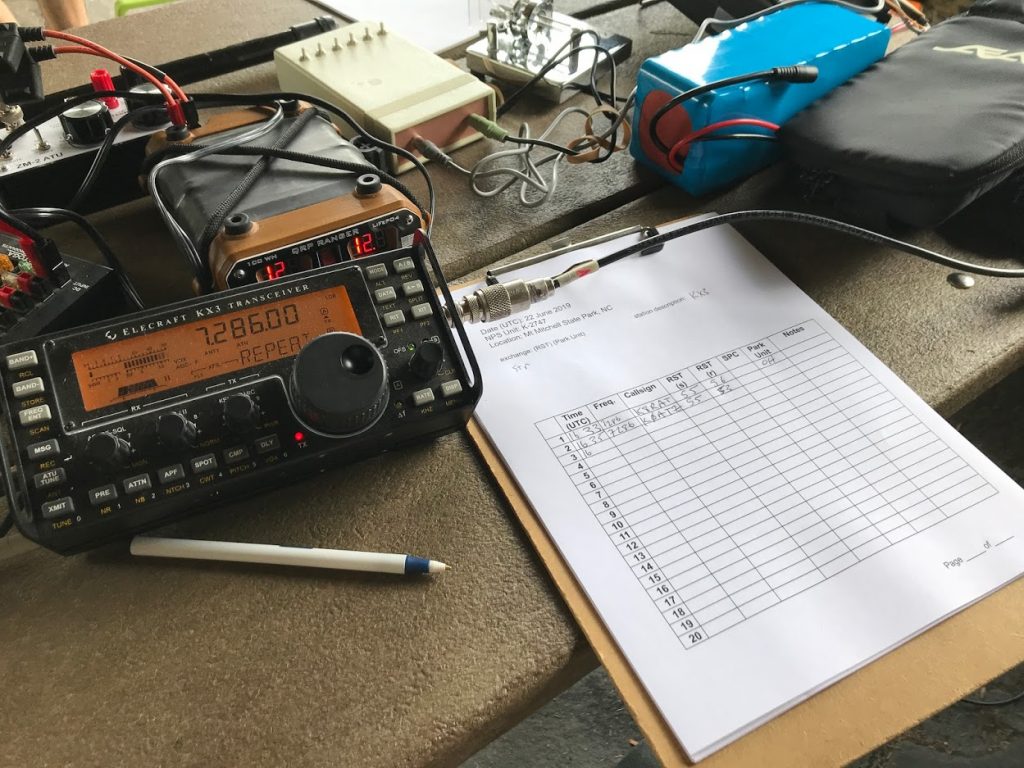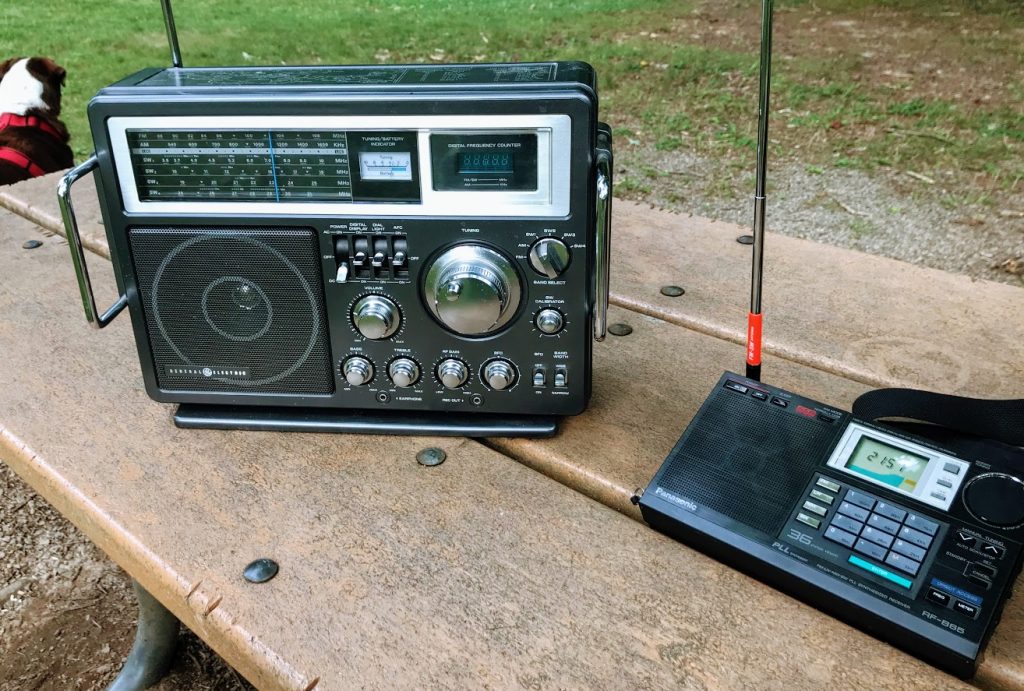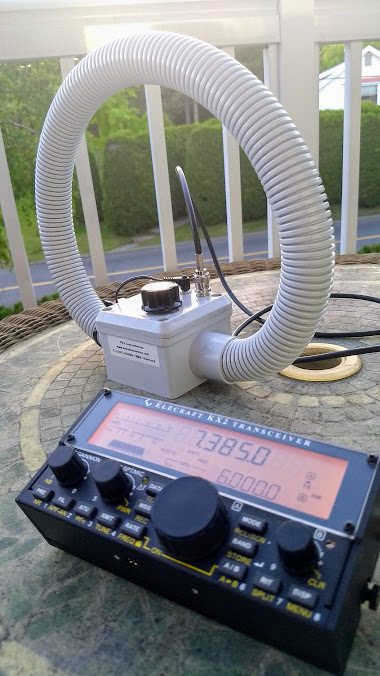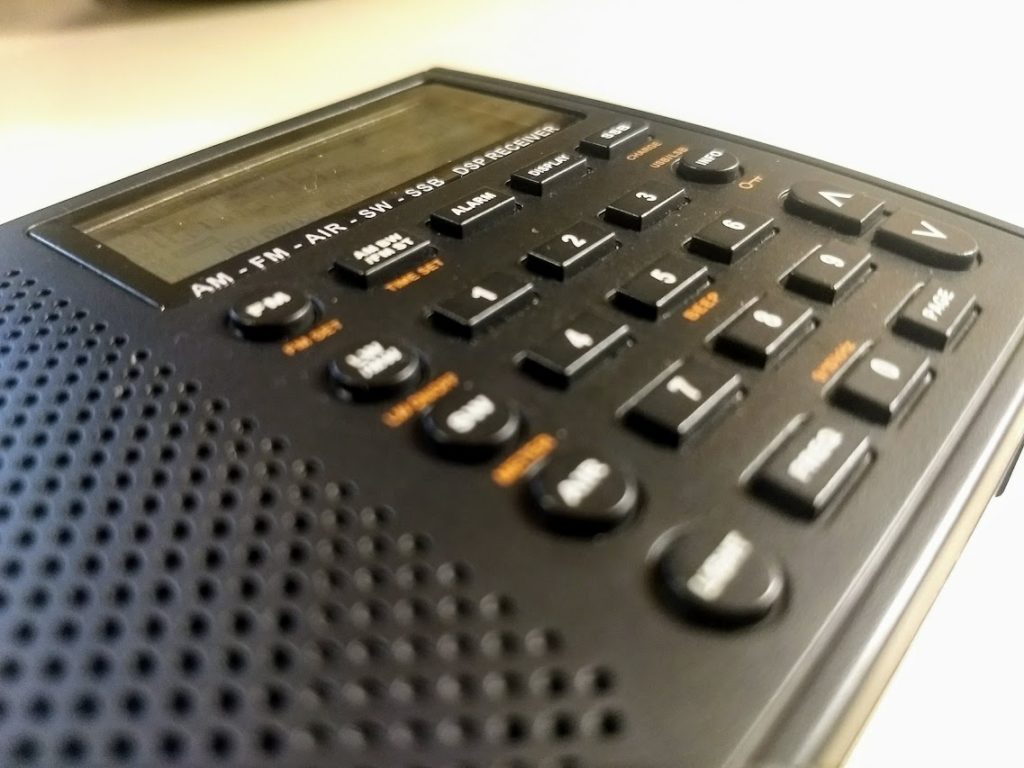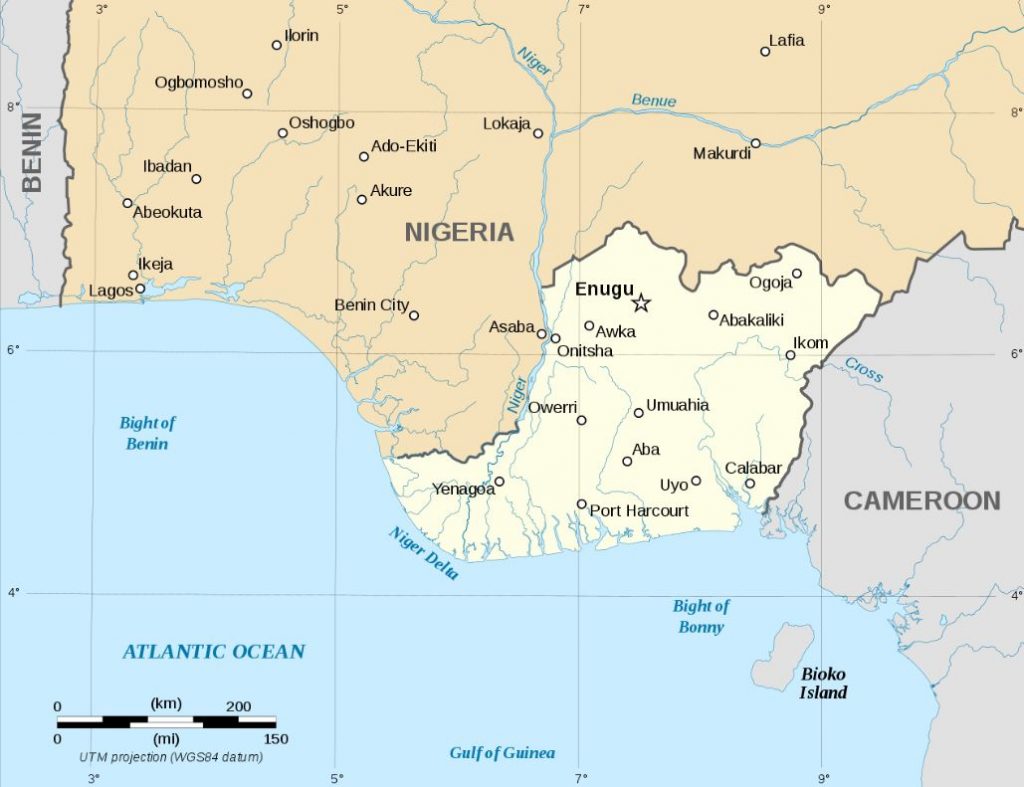(Source: CNN Business)
London (CNN Business) As a communications blackout continues in Kashmir, the BBC is using one of the only ways to reach listeners in the Indian-controlled state: shortwave radio.
The BBC is extending its Hindi radio output by 30 minutes, launching a 15-minute daily program in Urdu, and expanding its English broadcasts by an hour. All are being broadcast via shortwave signals.
“Given the shutdown of digital services and phone lines in the region, it’s right for us to try and increase the provision of news on our shortwave radio services,” Jamie Angus, director of the BBC World Service, said in a statement.
Indian-controlled Kashmir is under a tight security lockdown and total communications blackout. The blackout has included internet and landline phones, and some television channels have been cut. The repressive measures, in place since August 5, were introduced just days before the Indian government announced that it was withdrawing Article 370 of the constitution, reclassifying Kashmir’s administrative status from a state to a union territory. The move took away Kashmir’s semi-autonomous special status.
Pakistan, which also controls territory in the region, reacted angrily to the move by India. The two neighbors have fought three wars over Kashmir, and the region has been the focus of periodic conflict for more than 70 years.
Shortwave radio bands are able travel long distances using very high frequencies, unlike traditional radio waves that need to travel in straight lines.
In an interview with CNN Business, Angus said most people in the region don’t normally use shortwave to listen to their programs. But due to the communications blocks, “we’ve got limited options,” he said.
“The shortwave audience has historically been in decline, but it’s an important lifeline as a way to reach people,” Angus said. “People value the BBC because it’s independent and one step removed from the national heat around these discussions, that’s why people value our reporting.”[…]


